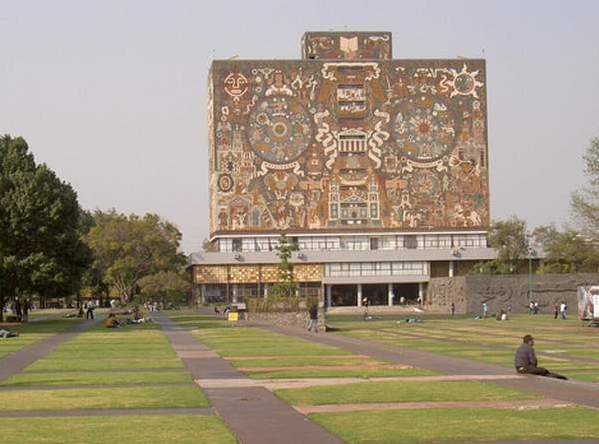Energy benchmarking of public buildings in Mexico

Between May and December 2012, Energy-Strategies advised the Project ‘Energía Sustentable en la Edificación de México‘ with regard to the development of an energy benchmarking system for Federal public buildings in Mexico.
The Project ‘Energía Sustentable en la Edificación de México‘ is executed by a consortium of the consulting firms GOPA and INTEGRATION on behalf of the Programme ‘Energía Sustentable en México‘ of the German Agency for International Cooperation (GIZ). The principal partner of the project is the Mexican National Commission for the Efficient Use of Energy (CONUEE).
In the framework of its ‘Programa de Ahorro de Energía en Inmuebles de la Administración Pública Federal‘, CONUEE requests the branches and entities of the Federal Public Administration (APF) to elaborate an energy assessment, and it grants awards to those public buildings that – in addition to complying with the Official Mexican Energy Efficiency Standards for buildings – yield a punctuation of at least 25 per cent above the average energy performance on a scale of 1–100 points.
With the objective to dispose of a reliable method for the classification of the buildings of the Federal Public Administration, the Project has carried out a statistical analysis of the database of the office buildings of the APF, which are registered at the ‘Programa de Ahorro de Energía‘. The statistical model was developed in cooperation with the National Institute of Ecology (INE), following the corresponding method of Energy Star ®, and allows comparisons of buildings of the same type, locations and conditions of operation. The following significant variables resulted from the statistical model: cooling and heating degree days, floor area, number of workers and computers, capacity of air conditioning and the geographical region.
With the objective to provide to CONUEE an appropriate instrument to facilitate the procedures for granting awards to buildings with good energy performance, the Project developed an Excel® tool which integrates the statistical model and which allows to directly evaluate the energy performance of buildings that are registered in the APF database. Furthermore, recommendations were made with regard to the amplification of the database for other types of public buildings (hospitals and schools), as well as for commercial buildings with high energy consumption patterns.
Complementary to the development of the statistical model and the tool, an estimation of the energy saving potentials of all federal public buildings has been realised. This estimation indicates an energy saving potential of 295 GWh/year, with an estimated investment in energy saving measures of 1,150 million Mexican Pesos and a payback period of 3.9 years.
For more information contact Angelika Stöcklein and Dr. Salvador Rodriguez of the Project ‘Energía Sustentable en la Edificación de México‘ or Wolfgang F. Lutz, Director of Energy-Strategies.
December 2012
